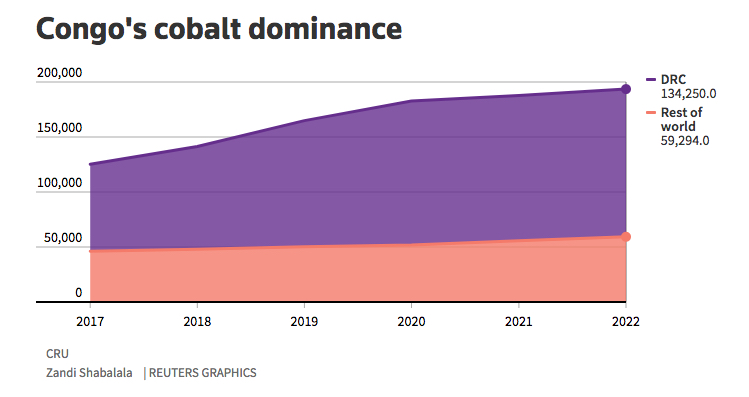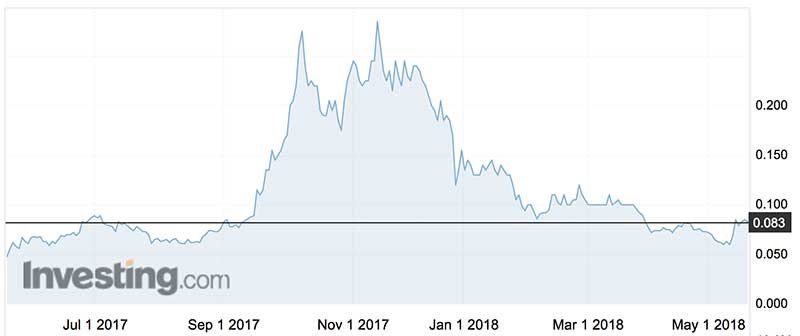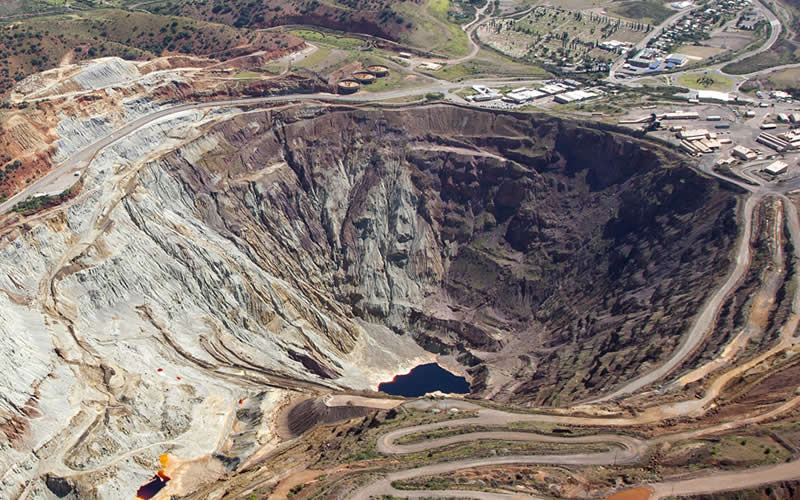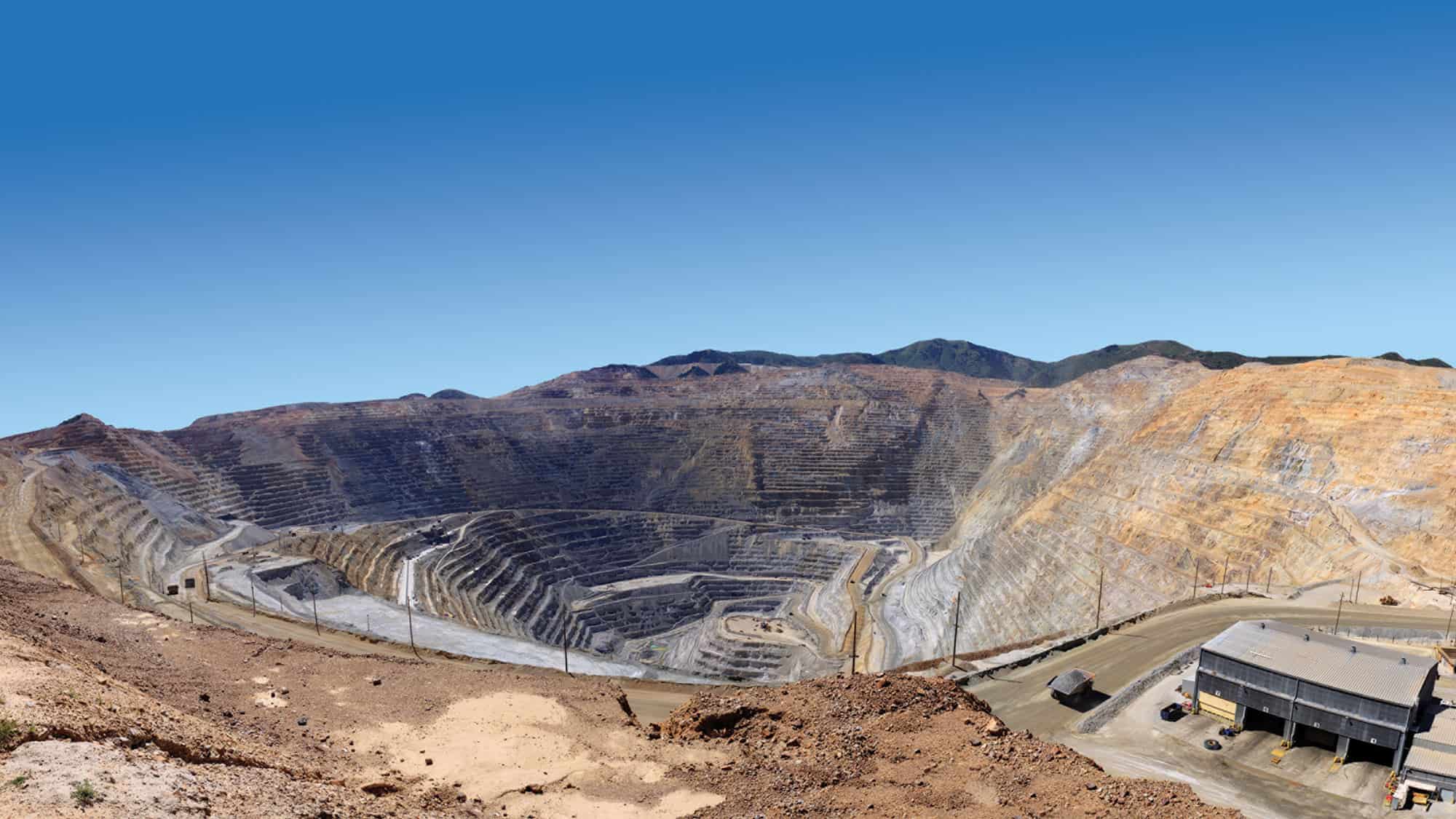
Analysts at Citi Research are optimistic on the outlook for cobalt.
In a commodities outlook report dated May 14, 2018, Citi Research said Cobalt prices are set to rise by a further 20% over the next two years on the back of a sustained deficit market and anticipated stock building on the back of high levels of supply risk
Citi Research is a division of Citigroup Global Markets Inc., a provider of investment banking and financial advisory services.
“The recent retracement in cobalt prices from US$95,000 per tonne to US$89,000 is a buying opportunity in our view,” Citi said. “We see prices rising to average US$100,000 per tonne by the fourth quarter of 2018 and increasing further over time, to average US$110,000 per tonne by 2020.”
If true, that could impact a number of companies in the cobalt space, including Cobalt 27 Capital Corp., Bankers Cobalt Corp., M2 Cobalt Corp., Quantum Cobalt Corp., First Cobalt Corp., US Cobalt Inc., and Sherritt International Inc.
Citi said the higher price levels that it foresees could be reached much earlier than expected if supply risks materialize in the Democratic Republic of Congo, currently the source of 60% of the world’s cobalt supply. “In 2017, cobalt’s sudden move above US$65,000 was prompted by a dispute which shuttered a DRC mine producing 5,000 tonnes of cobalt,” the report said.
Now, it said, up to 83,000 tonnes of existing output and 108,000 tonnes of 2019 output is threatened by a more recent dispute.”
On April 27, 2018, Ventora Development Sasu, a company affiliated with Israeli businessman Dan Gertler said it had served the DRC freezing orders against Mutanda Mining Sarl and Kamoto Copper Co. for approximately US$695 million and US$2.28 billion respectively. Mutanda and Kamoto are subsidiaries of Glencore Plc, the Swiss commodities trading giant.
The dispute is over royalties which Ventora says it is entitled to, but which have not been paid as a result of Gertler’s designation as a Specially Designated National (SDN).
In December, 2017, the United States government designated Gertler and affiliated companies as SDNs, thereby imposing blocking sanctions on them and companies owned 50% or more by them.
Gertler is an Israeli businessman who was placed on a U.S. sanctions list in December 2017. Published reports say the businessman had “amassed his fortune through hundreds of millions of dollars’ worth of opaque and corrupt mining and oil deals” in the DRC.
It was said he used his close friendship with DRC President Joseph Kabila “to act as a middle man for mining asset sales in the DRC, requiring some multinational companies to go through Gertler to do business with the Congolese state.”
Glencore won a temporary injunction against Gertler following the royalty claim in a court in London, England on May 1, 2018. The latest reports say both sides are trying to reach an amicable out-of-court solution to the dispute.
However, his action could disrupt supplies of cobalt because the freezing orders against Mutanda and Kamoto authorize the bailiff of the Commercial Court of Kolwezi to freeze certain bank accounts, tangible movable assets and intangible movable assets, such as receivables of each of Mutanda and Kamoto as well as the mining titles.
In 2017, Glencore paid US$534 million to buy out Gertler’s stake in its two copper and cobalt mines in the DRC. But he is still entitled to royalties from those operations under previous contracts.
Meanwhile, Citi said other important DRC supply risks include the new mining code in the DRC, contract renegotiations with DRC’s state-owned miner Gecamines, ethical outsourcing of cobalt and a potential deterioration of security in the DRC.
Citi notes that the DRC has revised its 2002 mining code, raising royalties from 2% to 3.5% for copper and up to 10% for cobalt, which is now classified as a strategic metal. A stabilization clause that protected miners from changes to the fiscal and customs regime was also reduced to five years from 10 years. This could impact supply should miners wish to push back on this development.
Gecamines, the state-owned miner, has said it wants a larger share of revenue from all its mining contracts and thus plans to renegotiate with its international partners, including Glencore and China Molybdenum.
The process is expected to start in the second quarter of 2018 and be completed by the start of 2019, according to Albert Yuma, the Gecamines Chairman. For its part, Glencore has said that any changes to the current agreement raise the possibility of involving the courts.
But even if the DRC supply risks do not materialize, Citi said it believes cobalt is likely to remain scarce, with stockpiling set to continue, tightening the market more than would otherwise be the case. The report points out that Cobalt 27 increased its physical stockpile by 800 tonnes to around 3,000 tonnes over the past five months and recently raised another $126 million to buy more.
Meanwhile, Citi said the vast bulk of major consumers and traders in the market are likely to continue to hunt for, and lock in additional supplies.
Specifically, battery producers and car manufacturers (including Apple, Samsung, SDI Co. Volkswagen and other major consumers as per media reports) are signing deals or in talks with various producers to secure future supply or build stocks.







